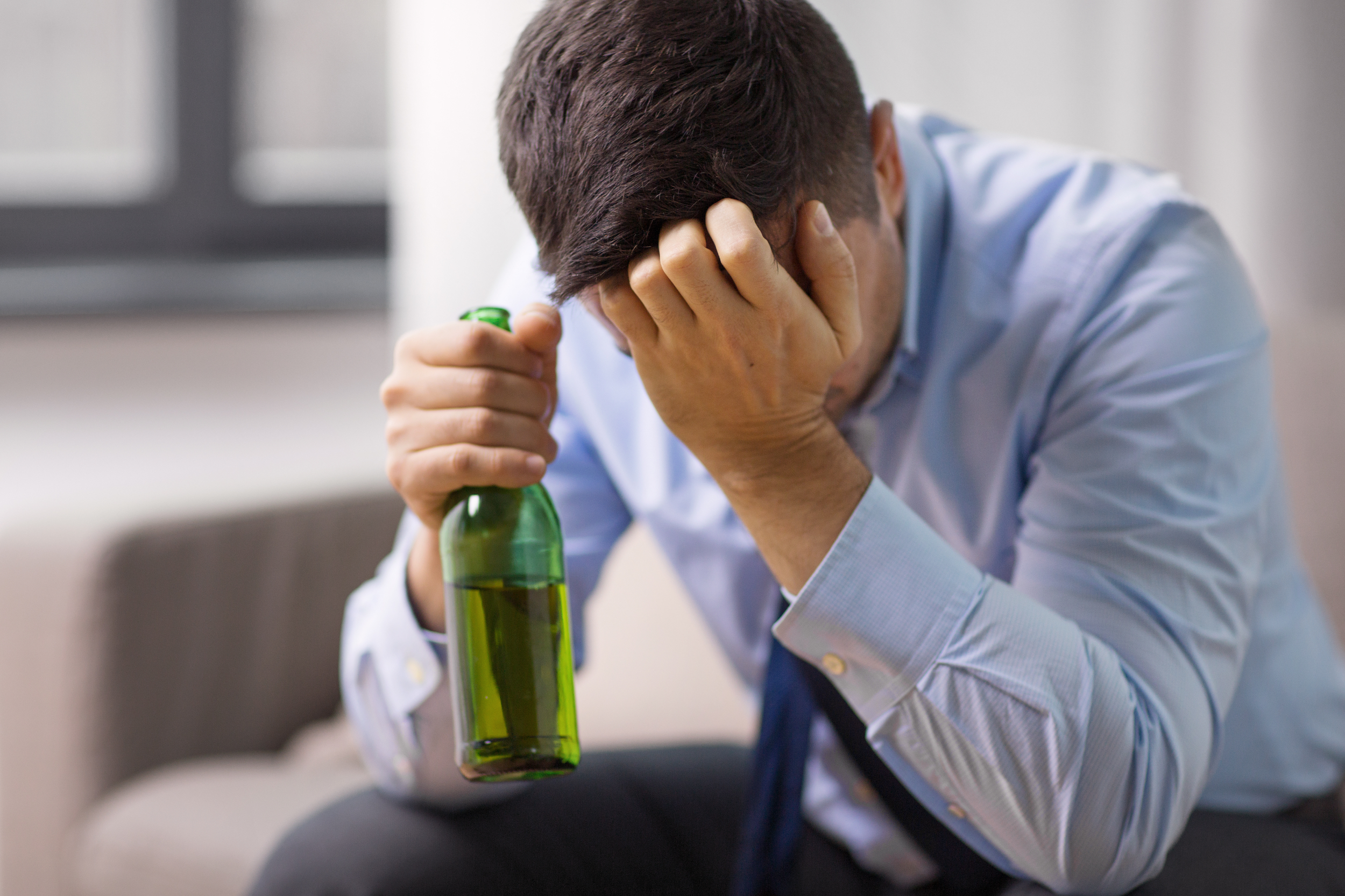Substance Use Disorder (SUD)
Overview
Substance use disorder (SUD) is the continued use of a substance despite negative, harmful effects. Individuals with SUD will focus solely on the drug or substance they are abusing, until it starts to impair their day-to-day life. This can cause physical harm, as well as emotional and mental harm to themselves and those around them.[1]
Symptoms
According to the DSM-5, in order for an individual to be diagnosed with SUD, they must present with at least three out of the eleven symptoms listed below. However, there are varying severities of the disorder, with a mild case comprising 2-3 symptoms, a moderate case comprising 4-5, and a severe case would be an individual with 6+ symptoms. The eleven possible symptoms that arise from SUD are:[2]
Using more of a substance than intended or using it for longer than they meant to
Trying to cut down or stop using the substance but being unable to
Experiencing craving of the substance
Spending an excess amount of time trying to obtain, use, or recover from the substance
Substance abuse begins to impair ability to carry out obligations (such as work or school)
Continued use of substance despite causing negative social effects
Reduced activity in recreational, social or occupational activities due to substance use
Recurrent substance use in unsafe environments
Persistent substance use despite knowing it may make physical / psychological problems worse
Needing more of the substance to reach desired effect (tolerance development)
Developing withdrawal symptoms when not using the substance
Causes
There is no one “cause” of substance use disorder, as there are several factors that can predispose an individual to developing the illness. These factors include:[3]
Effect on an individual’s brain chemistry - As an individual begins to abuse a substance, it alters their brain chemistry. This causes a person to begin to become desensitized to the effects of this substance, which in turn causes them to use more of that substance to reach their desired high. This is a central factor in the development of SUD.
Genes - Genetics are responsible for 40% to 60% of the vulnerability of any substance use disorder. If an individual has a first-degree relative with the disorder, they are much more likely to also develop SUD.
Mental health conditions - Roughly half of individuals who suffer from a mental health disorder will also suffer from SUD and vice versa. Disorders that are often comorbid with SUD include: attention-deficit/hyperactivity disorder (ADHD), bipolar disorder, depression, generalized anxiety disorder (GAD) and post-traumatic stress disorder (PTSD).
Access and exposure to substances - If an individual is in an environment where other people are using substances, or their peers are using them, it causes an increase in the likelihood that they will begin to abuse substances.
Adverse childhood experiences (ACEs) - An individual who experiences an adverse childhood experience (ACE) is also more likely to develop SUD. The risk increases with the number of ACEs (i.e., childhood traumatic events) an individual has.
Diagnosis
In order to be diagnosed with SUD, an individual must present with at least three out of the eleven symptoms listed in the section above. A medical professional might also perform a physical exam (which could include blood work) to determine the number of substances currently in an individual’s blood stream.[4] However, this is typically used in addition to an evaluation by a psychiatrist or psychologist.
Treatment
Treatment of SUD depends on the type of substance being abused and the severity of its abuse. Some conditions, like opioid abuse, require medication to help assist an individual in their withdrawal from the substance, as withdrawal can be incredibly dangerous. Treatment can include outpatient counseling, where licensed psychologists or psychotherapists try to understand an individual’s addiction and help guide them through dealing with their triggers. In more severe cases, inpatient rehabilitation might be used, where an individual is placed in a full-time facility to get supportive help during their recovery.[5]
In addition to rehabilitative care, behavior therapy is often used when treating SUD. The two most common therapies used are group therapy and individual cognitive behavior therapy (CBT). Group therapy allows an individual to be in a safe, supported environment and gives them the opportunity to hear the similar experiences that others with SUD may have gone through. CBT allows an individual to acknowledge and question recurring thoughts in order to identify negative thinking patterns. This is extremely helpful in recovery from SUD, as it helps an individual avoid triggers.[6]
If you feel you may be suffering from substance abuse disorder or suspect that someone close to you is demonstrating signs of this disorder, please reach out to a licensed mental health professional (e.g., a psychotherapist, psychologist or psychiatrist) for guidance and support.
Contributed by: Daphne Lasher
Editor: Jennifer (Ghahari) Smith, Ph.D.
References
1 American Psychiatric Association. (n.d.). What is a substance use disorder?. What Is a Substance Use Disorder? https://www.psychiatry.org/patients-families/addiction-substance-use-disorders/what-is-a-substance-use-disorder
2 McNeely, A. J. (2020, October). Table 3, DSM-5 diagnostic criteria for diagnosing and classifying ... Substance Use Screening and Risk Assessment in Adults. https://www.ncbi.nlm.nih.gov/books/NBK565474/table/nycgsubuse.tab9/
3 Cleveland Clinic. (2022, October). Substance use disorder (SUD): Symptoms & treatment. Cleveland Clinic. https://my.clevelandclinic.org/health/diseases/16652-drug-addiction-substance-use-disorder-sud
4 Mayo Foundation for Medical Education and Research. (2022, October 4). Drug addiction (substance use disorder). Mayo Clinic. https://www.mayoclinic.org/diseases-conditions/drug-addiction/diagnosis-treatment/drc-20365113#:~:text=Blood%2C%20urine%20or%20other%20lab,for%20monitoring%20treatment%20and%20recovery
5 Centers for Disease Control and Prevention. (2022, September 6). Recovery is for everyone: Understanding treatment of substance use disorders. Centers for Disease Control and Prevention. https://www.cdc.gov/drugoverdose/featured-topics/recovery-SUD.html
6 American Addiction Centers. (2023, May 30). Substance abuse treatment types & therapy programs near me. American Addiction Centers. https://americanaddictioncenters.org/therapy-treatment#:~:text=CBT%20can%20be%20applied%20in,types%20of%20problematic%20substance%20use.&text=People%20treated%20with%20CBT%20techniques,them%2C%20and%20with%20preventing%20relapse.
